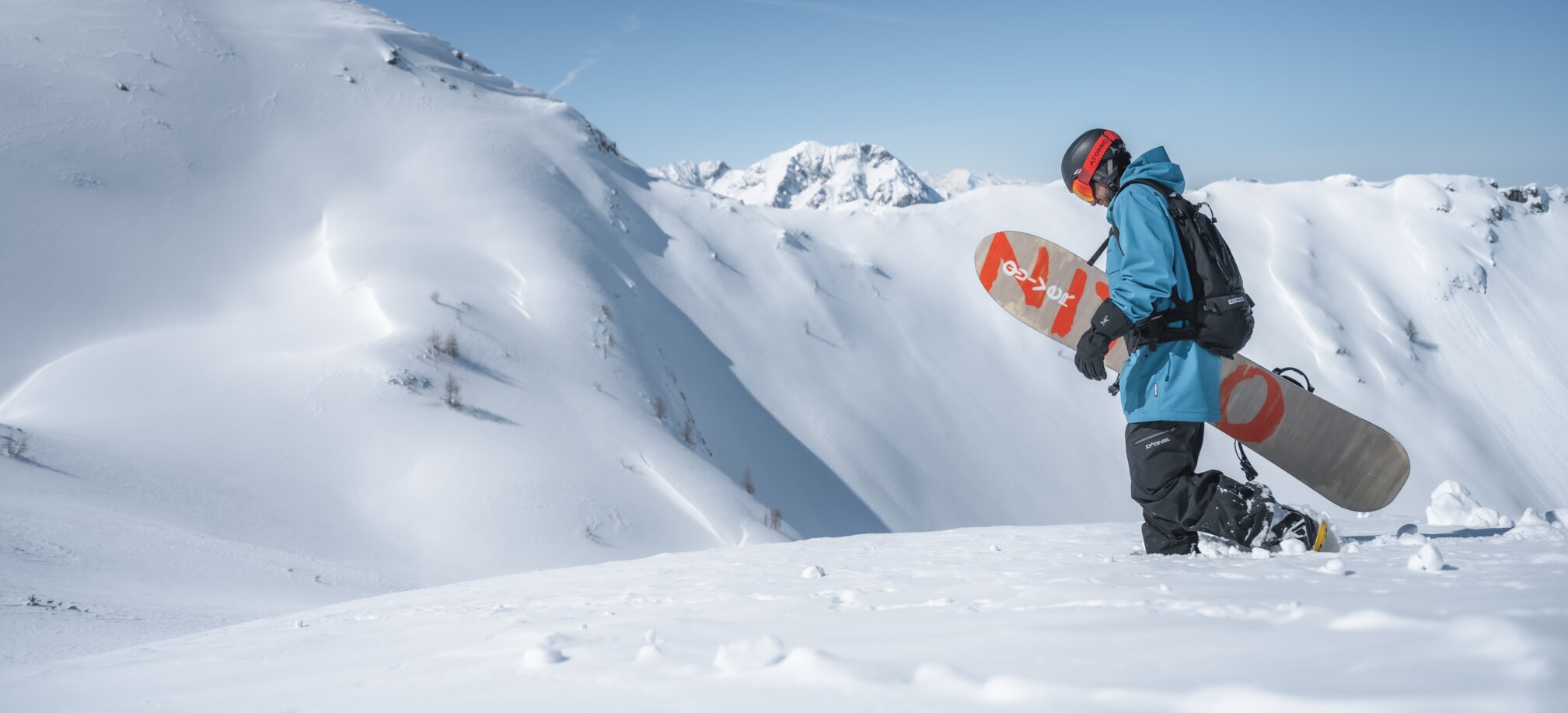Snowboard Construction
Boards often get scrapes all over. The difference between an easy one to fix and, one that needs professional help, is the depth of the scratch.
A snowboard consists of different layers: The base, fibreglass, the core and the topsheet.
The bottom layer is the base. That’s the surface you wax every season. Scratches at that depth are easy to repair and shouldn’t concern you too much. After the base comes the fibreglass. If the cut goes that deep, you have a problem. If you have bad luck, the longer you leave it the way it is, the more of the base gets chipped away. The core is made from laminated hardwood. If you have a cut that deep you could still fix it at home, but I would go to a repair shop first.
Fibreglass vs. Base
Repairing a base is easy and is what this blog entry will focus on. Gouges deep enough for you to see the fibreglass are more difficult. The material used to fix the base won’t stick to the fibreglass and will fall off during your next run. Instead, you need to use a special glue to stick the material to the fibreglass. If it’s your first-time repairing cuts deep enough to show fibreglass, take your board to a professional and ask them about the materials they use. This way you can prevent your board from being damaged any further.

How to Fix Your Base
1. The materials you need: a Stanley Knife, a lighter, a stick of P-tex, Something to clean your base with (I used brake cleaner fluid)
2. First, you need to clean your board. Take a paper towel and a tiny bit of your cleaning fluid, and quickly clean your board.
3. Next, find the scratches you want to fix. Hold a flame under the stick of P-tex until it burns as well. Drip the molten P-tex on the gouge. While it’s still hot, press down on it with your knife.
4. Wait until it properly cools down. This can take up to half an hour. Then, carefully scrape the excess P-tex off with your Stanley Knife. It’s also possible to do this with a normal scraper, but a sharp knife is much more precise.


